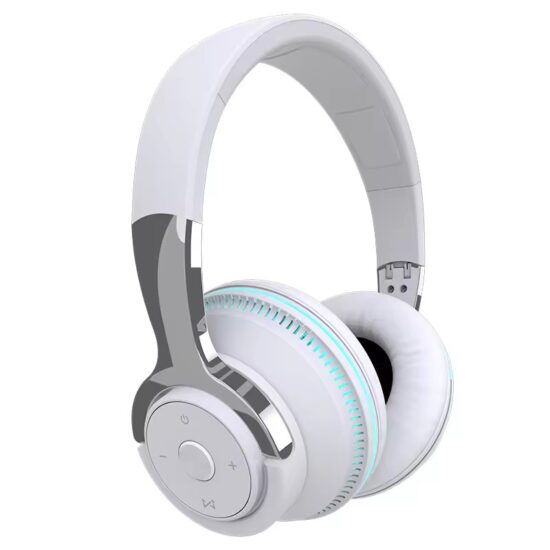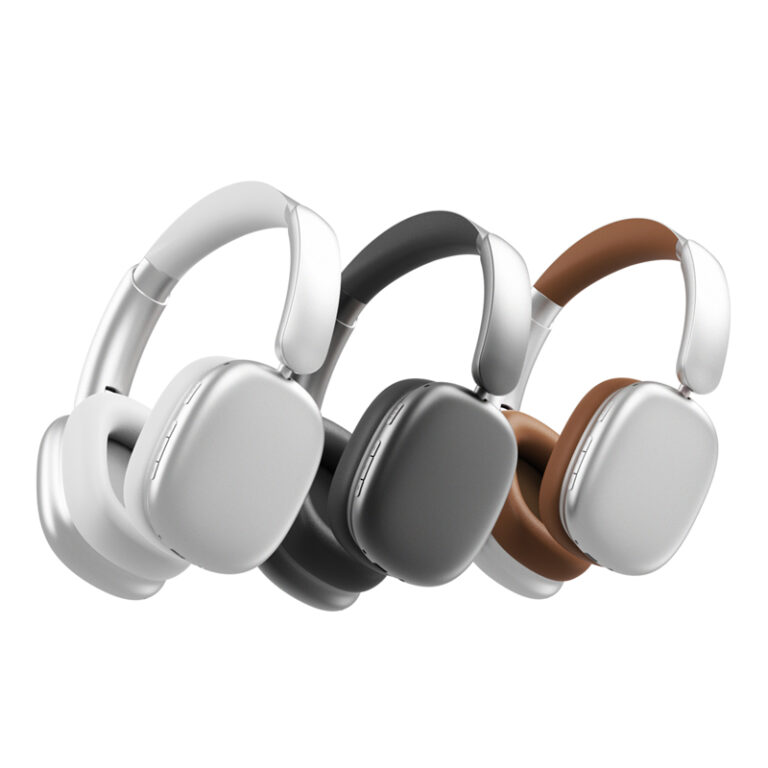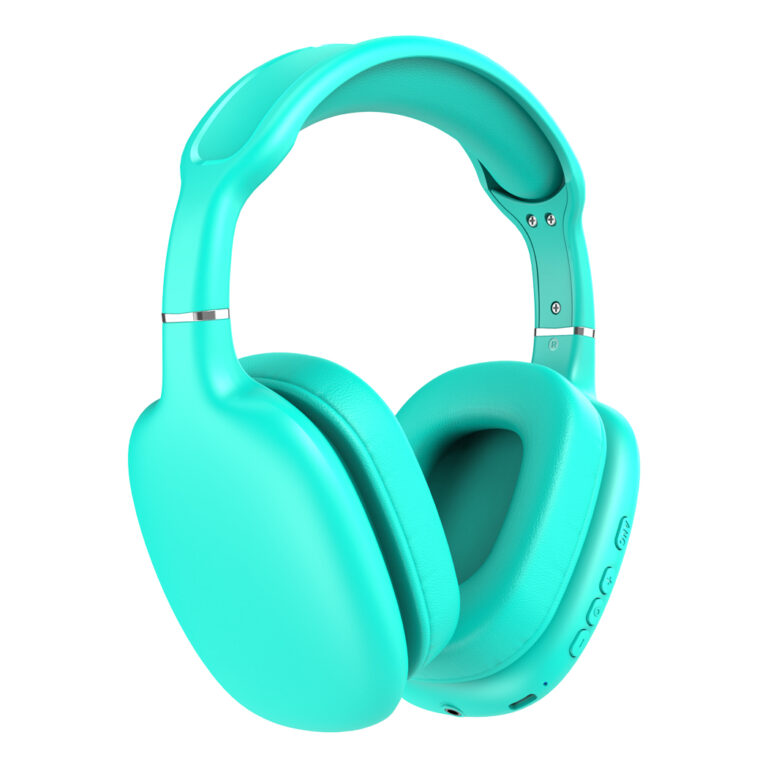jay@nbdho.com
Sustainable Materials in Headphone Manufacturing: Embracing Eco-Friendly Innovation
In recent years, sustainability has become a pivotal focus across various industries, and headphone manufacturing is no exception. With growing consumer awareness about environmental issues and increasing regulatory pressure, headphone makers are actively exploring eco-friendly alternatives to traditional materials. The goal is to reduce the environmental footprint while maintaining the quality and durability expected by users.
Traditionally, headphones have been manufactured using plastics derived from fossil fuels, metals, and synthetic foams. These materials, while effective, pose significant environmental challenges due to their non-biodegradable nature and the carbon emissions involved in their production. As a result, companies are now turning to sustainable materials such as recycled plastics, biodegradable bioplastics, and natural fibers like bamboo and cork.
Recycled plastics have gained popularity as they help divert waste from landfills and oceans. Manufacturers use post-consumer plastics collected from discarded products and reprocess them into headphone components. This approach not only reduces raw material consumption but also cuts down energy use compared to producing virgin plastics. Some brands are even incorporating ocean-bound plastics, which adds an environmental cleanup dimension to the product lifecycle.
Bioplastics, derived from renewable resources like cornstarch or sugarcane, are another promising alternative. Unlike conventional plastics, bioplastics can degrade naturally under specific conditions, reducing long-term pollution. However, challenges remain in ensuring these materials offer the same durability and sound quality as traditional counterparts, prompting ongoing research and development.
Natural fibers such as bamboo and cork are being used primarily for headphone casings and headbands. Bamboo is particularly attractive due to its rapid growth rate and strength, making it a sustainable wood substitute. Cork, harvested from the bark of cork oak trees without harming the tree, provides a lightweight, comfortable, and renewable option for padding and decorative elements.
Beyond materials, some manufacturers are redesigning headphones for easier disassembly and recycling, fostering a circular economy. Modular designs allow users to replace worn-out parts instead of discarding the entire unit, extending product lifespan and minimizing waste.
Consumers increasingly seek eco-conscious products, influencing brands to highlight sustainability credentials as part of their marketing. Certifications and transparent supply chains build trust and encourage responsible purchasing decisions.
In conclusion, the headphone industry is witnessing a transformative shift toward sustainability. By adopting recycled plastics, bioplastics, and natural fibers, and emphasizing product longevity and recyclability, manufacturers contribute to a greener future without compromising on audio experience. This emerging trend not only benefits the planet but also aligns with the values of modern consumers demanding innovation with a conscience.





